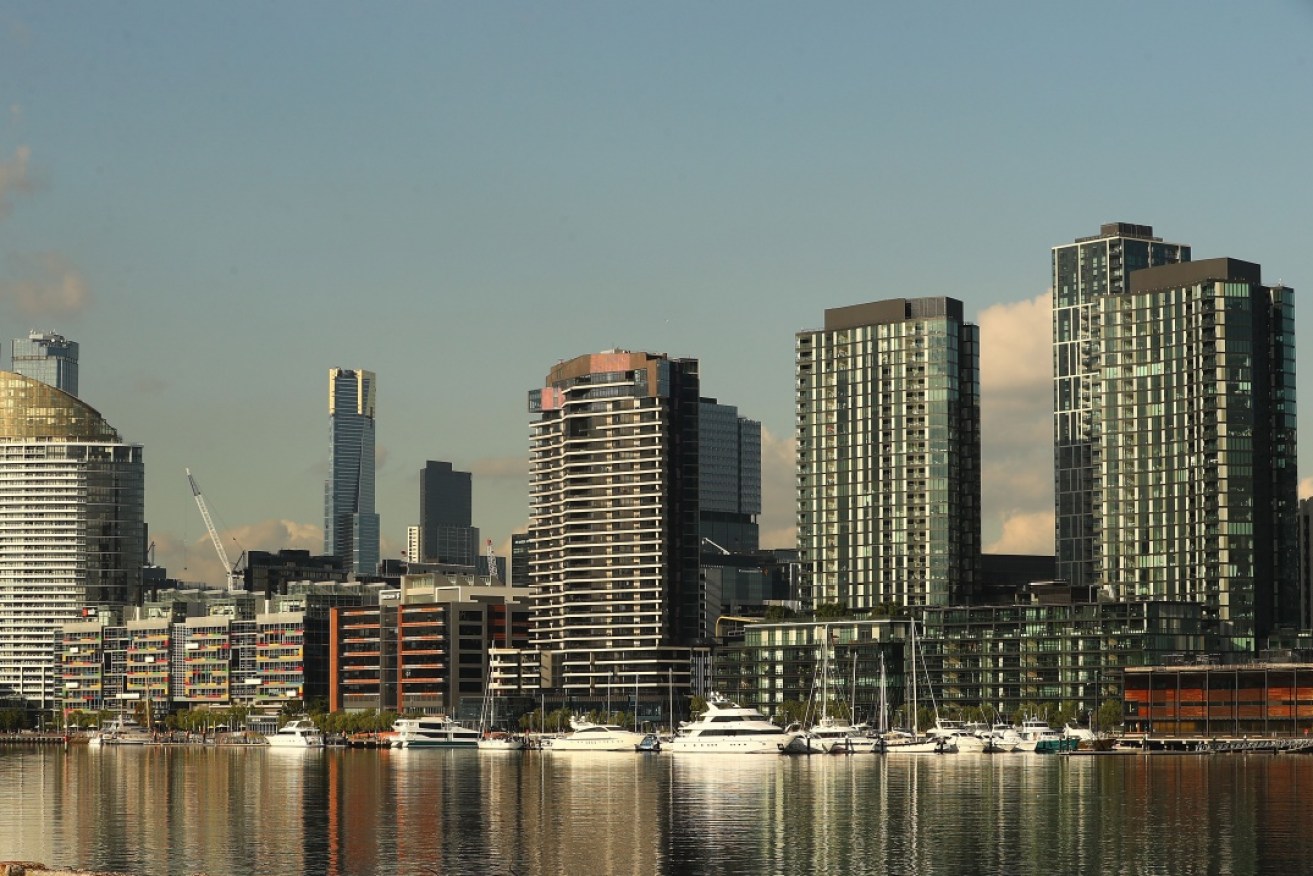Australian real estate ranks second only to the US for Chinese property investors


Australian real estate remains appealing to Chinese investors, according to property site Juwai. Photo: Getty
Last year Chinese investors poured a massive $US17.4 billion ($24.5 billion) into Australian real estate, according to a new report.
The enormous sum puts Australia second only to the US as a destination for Chinese property investors, according to Juwai.com, one of the Asian superpower’s most prominent international real estate sites.
Australian property accounts for close to 15 per cent of the $US119.7 billion spent by Chinese investors on overseas real estate last year.
The vast majority was spent on housing, with $US14.1 billion funnelled into residential real estate in Australia, and $US3.3 billion in commercial real estate, Juwai reported.
Despite the extraordinary sum, Chinese demand for Australian real estate was down by more than 25 per cent compared to 2016 levels, dropping $US6.4 billion.
Some experts attribute the decrease to stricter controls on outbound investments by the Chinese government.
“Capital controls, restrictions on bank financing to offshore buyers, and new foreign buyer taxes and restrictions all served to reduce Chinese investment last year,” Juwai CEO Carrie Law said.
“This year we expect moderate growth, which is in line with Beijing’s goal of managed, rational overseas investment.”
Despite the dip, Australia continues to be favoured by Chinese investors, ranking second only to the US in terms of the number and value of buyer inquiries for residential property, according to Juwai.
In 2017, the US experienced approximately double the volume of Chinese investment compared to Australia, with $US30.4 billion worth of residential property and $US9.3 billion worth of commercial property.
Chinese investors still see Australian property as “long-term value” despite high stamp duties, Ms Law said.
“The majority of our residential buyers are purchasing for their own use, because they have children studying or working here, or because they plan to visit regularly or to retire here,” she said.
“Australia offers a stable environment, safety, quality educational institutions, and high quality of life.”
The sometimes strained relationship between lawmakers in Beijing and Canberra hasn’t dampened Chinese enthusiasm for Australian residential real estate, Ms Law said.
“Political tensions between the two countries have a greater impact in creating uncertainty with corporate commercial real estate investors than they do with individual investors buying residential property for their own use.”
The impact of foreign investment on property prices
Foreign investment in Australian residential real estate has become a vexed issue as property prices in Sydney and Melbourne skyrocketed over the past decade.
Foreign investment is largely limited by Australia’s Foreign Investment Review Board (FIRB) to new builds and developments that add to the existing housing stock.
Modelling done by Treasury in December 2016 suggested that foreign investment had only a slight effect on residential property prices.
Treasury found that foreign investment increased home prices by between $80 and $122 in Sydney and Melbourne per quarter for the period analysed between 2010 and 2015.
FIRB described the price impact as “modest when compared
to the average quarterly increase of $12,800 in Australia’s two largest cities during the period”.
“Foreign investment in residential real estate was concentrated in Melbourne and Sydney over the period of the study. While Melbourne received more foreign investment approvals than Sydney, price growth in Sydney was much stronger than in Melbourne,” FIRB noted.
However, housing scholars say the true impact of foreign investment on Australia’s neighbourhoods is difficult to gauge without more in-depth data being made publicly available.
University of Sydney housing expert Dallas Rogers says more data and a long-term view is needed.
“All the debate about foreign capital is fixated on today, but we also need to look at where our cities are going in the future,” Dr Rogers said.
“We can make the assessment about who [foreign investors] are today, but who are they in a decade? Do they come here, do a uni degree, settle down and build neighbourhoods? Or do they stay overseas, rent the property out, get the capital gain, and become absentee landlords?”
Dr Rogers said that foreign investment in Australian real estate was “small overall” but something regulators should “keep an eye on”.
He also warned against politicisation of the issue, pointing to a “complex” history of discrimination against Chinese people looking to purchase property in Australia “all the way back to the gold rush”.








